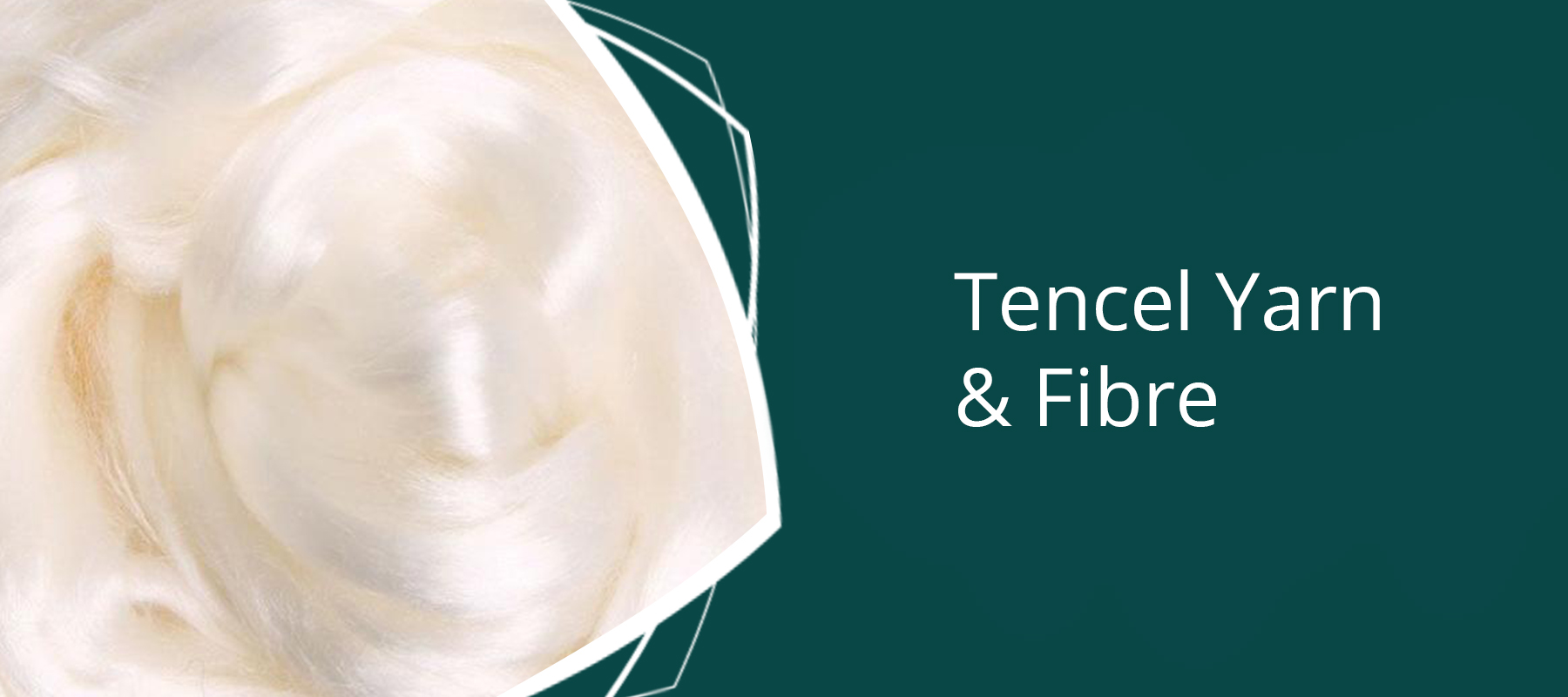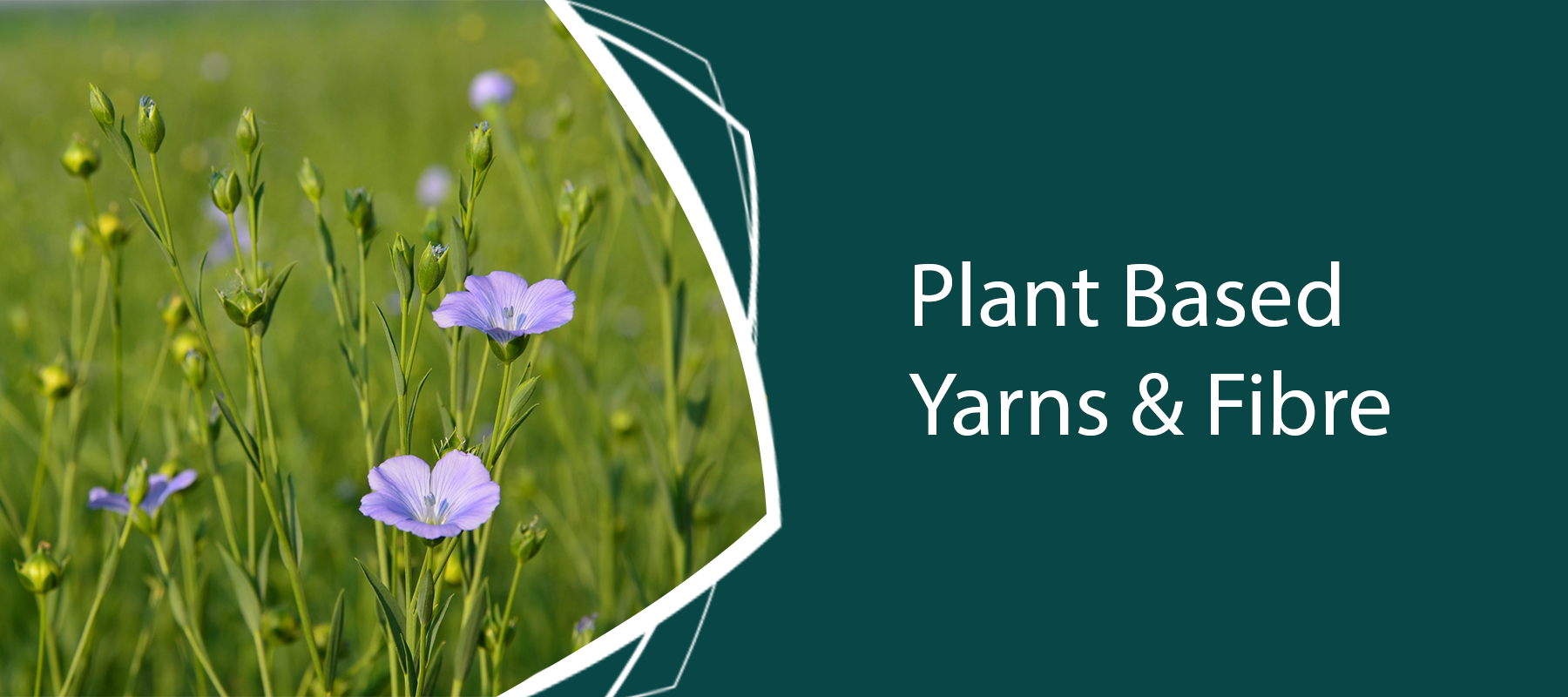What is Tencel Yarn, And Is It Really Sustainable?

In recent years, Tencel yarn has gained popularity among sustainable crafters looking for eco-friendly yarn options. Derived from wood pulp, Tencel boasts a unique blend of softness, strength, and sustainability. It’s favoured by weavers and knitters seeking ethical materials that support their commitment to the environment. But what exactly is Tencel, and is it as eco-friendly as it seems?
In this article, we’ll explore how Tencel yarn is made—from the sourcing of raw materials to the finished yarn—and examine whether it truly stands as a sustainable yarn option. By delving into factors like biodegradability, environmental impact, and comparisons with other fibres, we’ll help you decide if Tencel is the right choice for your next project.

Tencel Yarn That’s Soft, Strong & Sustainable
Experience the silky-smooth feel of premium Tencel yarn, eco-friendly never looked or felt this good. Perfect for weavers and knitters who demand high quality and low environmental impact.
Disclaimer: Tencel yarn may be used for warp on looms except the inkle loom, however, strong or uneven tensions may cause breakage. Please read this document for more information.
What is Tencel Yarn?
Tencel yarn is a form of rayon, a semi-synthetic made from wood fibres, sourced from sustainably managed eucalyptus trees. What sets Tencel apart is its exceptional softness, breathability, and smooth texture. These qualities make it a sought-after fibre among eco-conscious weavers and knitters. As a sustainable yarn option, Tencel holds strong appeal, offering an alternative to more resource-intensive materials like cotton and polyester. The benefits of Tencel yarn include not only its texture and durability but also its environmentally friendly profile, ideal for a wide range of crafting projects.
The Production Process of Tencel Yarns

The journey of Tencel yarn begins with the careful selection of raw materials and involves a series of eco-friendly processes that minimise environmental impact. Its production stands out due to a closed-loop system, which recycles and reuses almost all materials, reducing waste and preserving resources. Here’s a look at the steps involved in transforming wood into a finished Tencel yarn:
- Sourcing Raw Materials - Tencel, like Rayon and Modal, is made from cellulose fibres, but it’s sourced specifically from eucalyptus trees.
- Preparing the Wood Pulp - The first step in production is breaking down raw wood into wood pulp. This process involves shredding the wood into smaller pieces and then treating it with minimal chemicals to produce a workable pulp, setting the foundation for Tencel yarn without excessive waste or energy use.
- Dissolving the Cellulose - The wood pulp is then dissolved into a cellulose solution, which allows it to be shaped into fibres. This stage is designed to keep the environmental impact low, using non-toxic chemicals that are later recovered and recycled in the next step.
- Fibre Formation - Once dissolved, the cellulose solution is extruded through spinnerets, forming Tencel fibres. This step is essential in creating the base material for the yarn, giving Tencel its distinctive feel and strength.
- Yarn Drawing and Spinning - The Tencel fibres are then drawn and spun into yarn. This step adds strength and smoothness to the final product, making it ideal for various textile applications, from knitting to weaving.
- Closed-Loop Manufacturing System - One of the hallmarks of Tencel’s sustainability is its closed-loop production process. This system recycles nearly all solvents and chemicals used in production, reducing emissions and waste significantly. As a result, Tencel is often regarded as one of the most eco-friendly yarn choices available.
Sustainability Claims of Tencel
Tencel is marketed as a sustainable yarn option, but how well do these claims hold up? Let’s explore Tencel’s sustainability profile by examining its biodegradability, environmental impact, and how it compares to other common fibres.

Biodegradability and Compostability
One of Tencel’s standout features is its biodegradability. Unlike synthetic fibres, Tencel decomposes relatively quickly when exposed to the right conditions, making it a lower-impact choice when disposed of responsibly.
Environmental Impact During Production
Tencel’s closed-loop manufacturing process is highly efficient, with minimal waste and a reduced need for water compared to conventional materials like cotton. Additionally, the chemicals used in the production are safe, recyclable and non-toxic, contributing to its eco-friendly reputation.
Tencel Yarn vs. Other Fibres
When comparing Tencel yarn vs. other fibres, Tencel has a distinctive edge due to its low environmental impact. For example, cotton production demands large amounts of water and pesticides, while polyester, although durable, is derived from petrochemicals and is non-biodegradable. The benefits of Tencel yarn—such as reduced water usage, minimal chemical requirements, and renewable sourcing—make it an attractive choice for crafters committed to sustainability.
Certifications and Standards
Tencel is backed by certifications like the FSC, PEFC and OEKO-TEX, which verify its sustainable and ethical production practices. These standards assure consumers that Tencel yarn is produced responsibly, supporting both environmental health and safe, fair manufacturing conditions.
Consumer Considerations
Factors like cost and transparency are essential for those considering Tencel yarn. While Tencel can be pricier than synthetic yarns, its quality and sustainability credentials often justify the investment for eco-conscious crafters.
Economic Sustainability
In addition to its environmental advantages, Tencel supports sustainable industry practices. Tencel production methods promote responsible consumption, advocating for quality materials that last, which can reduce the need for frequent purchases.

Go Green with Luxe Plant-Based Yarns
From bamboo to hemp, our plant-based yarns offer natural beauty with serious sustainability cred.
Ideal for crafters who want style without compromise.
Embrace Sustainable Crafting with Tencel Yarn
Tencel yarn offers a range of benefits for weavers and knitters interested in eco-friendly yarn choices. From its closed-loop production to its biodegradable qualities, Tencel stands out as a strong contender in the world of sustainable fibres. However, it’s essential to consider both the pros and cons—while Tencel is environmentally friendly, it may be less accessible to those on a strict budget.

If you’re passionate about making sustainable choices in your crafting, Tencel yarn is well worth exploring. Thread Collective offers a curated selection of Tencel and other sustainable yarn options, perfect for those committed to reducing their environmental impact. Whether you’re weaving a new scarf or knitting a summer top, Tencel yarn provides an eco-conscious alternative without compromising quality. By choosing Tencel, you’re not only supporting sustainable practices but also enjoying a beautiful, versatile fibre that enhances any project.
Share this article on your favorite platform:

3 comments
Thanks Nicky. I didn’t know about Tencel’s environmental credibility and will be using it more in my weaving.
Thankyou for that information. I often weave with Tencel & customers ask about it so I will now be able to gve them more detailed information on it’s production.
Very informative and interesting